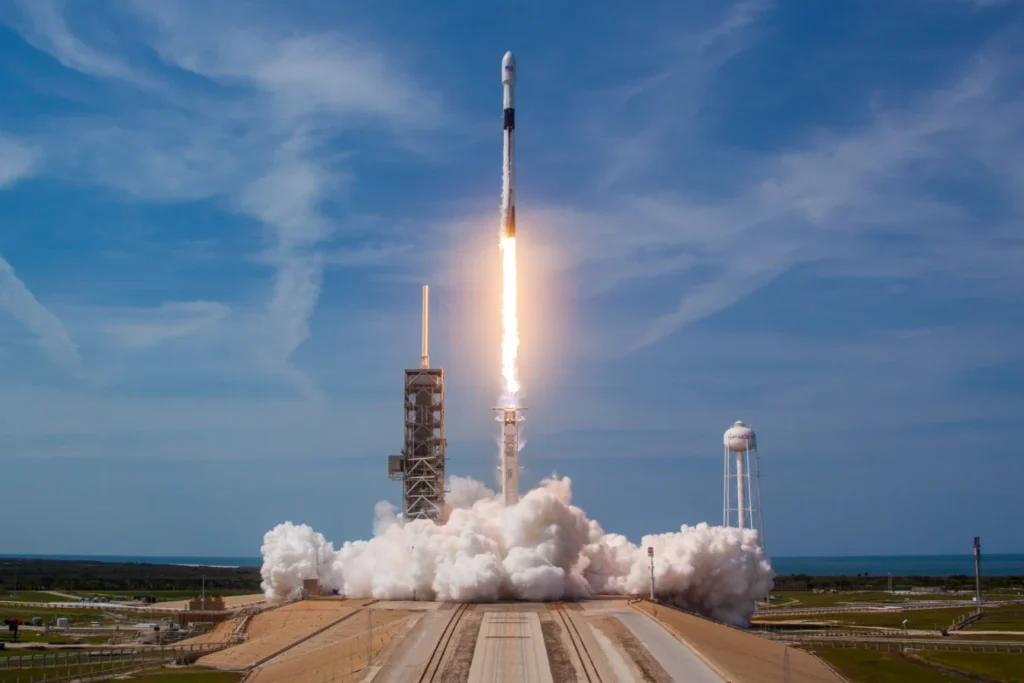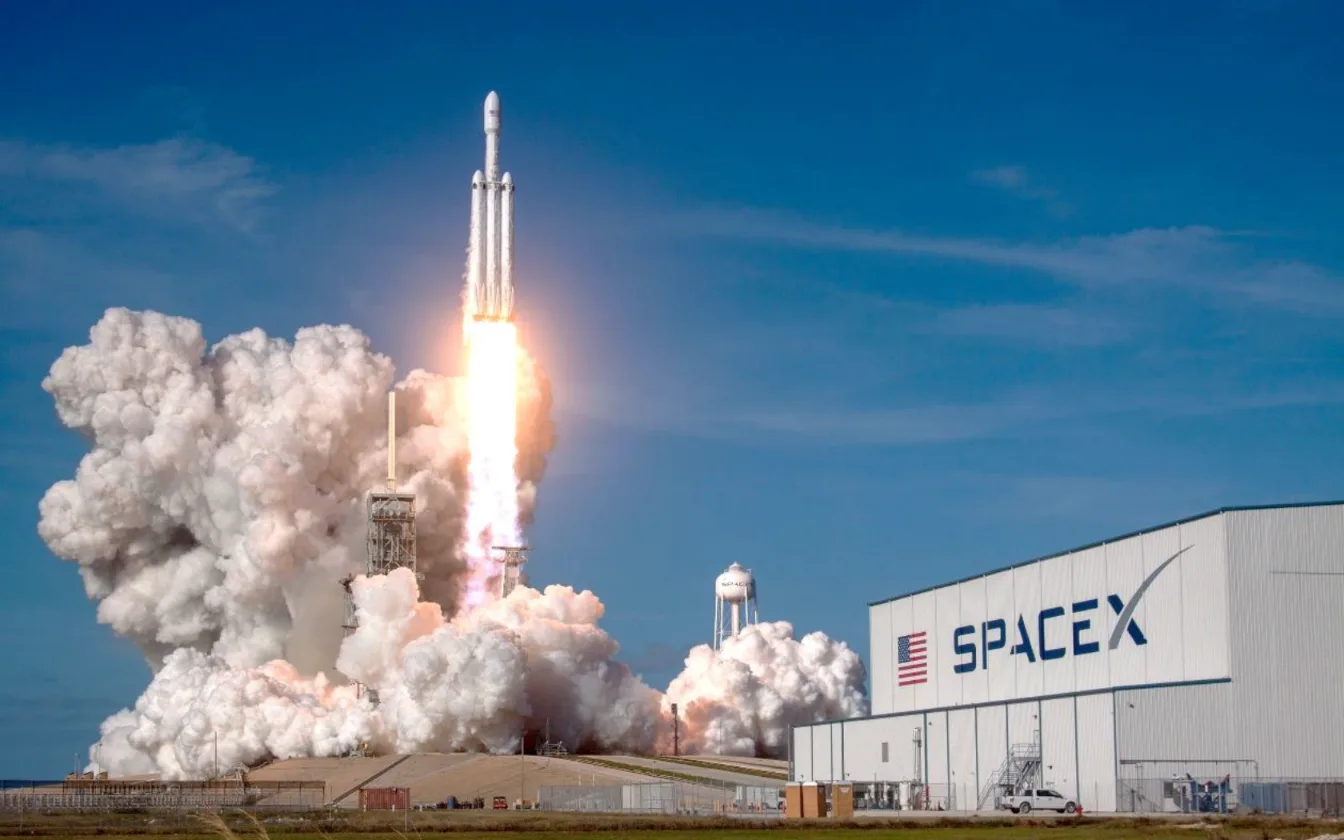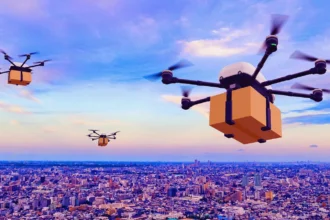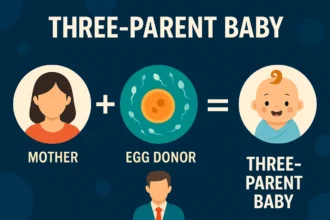SpaceX’s workhorse rocket, the Falcon 9, has officially completed its 500th successful mission last month, rewriting history books and redefining what’s possible in space exploration. From reusability to record-breaking recoveries, Falcon 9’s journey is filled with jaw-dropping milestones.
The Falcon 9 rocket is owned and developed by SpaceX (Space Exploration Technologies Corp.), which is a private aerospace company founded by Elon Musk in 2002.
Here are 7 incredible facts about Falcon 9’s unmatched run that most people don’t know – but absolutely should.

Table of Contents
1. Only Two Failures in 500 Missions
Despite 500 orbital launches since its debut in 2010, Falcon 9 has suffered just two full mission failures – an unmatched reliability rate in the global space industry. This gives it a success rate of over 99.5%, far ahead of legacy systems like Russia’s Soyuz or China’s Long March series.
2. One Booster Has Launched 29 Times
Falcon 9 boosters are designed to be reused up to 10 times, but SpaceX shattered that limit. Booster B1060 has flown 29 times as of mid-2025—demonstrating the extreme durability and reusability of the hardware.
This drastically lowers launch costs and environmental waste, making Falcon 9 the world’s most economical orbital rocket.
3. Cost Per Launch Cut in Half
Thanks to reuse, each Falcon 9 launch reportedly costs under $30 million, down from the original $62 million per flight. This made commercial space access affordable for satellite startups, universities, and governments alike.
It’s no wonder over 70% of global commercial launches are now booked through SpaceX.
4. It Has Launched From 4 Continents
While most launches occur from Cape Canaveral (Florida) and Vandenberg (California), Falcon 9 has launched missions from Kwajalein Atoll in the Pacific and will soon support launches from Europe via SpaceX’s partnerships.
This global footprint underscores its role in international space logistics and defense.
5. Over 6,000 Starlink Satellites Launched
Falcon 9 is the backbone of the Starlink satellite internet network. More than 6,000 Starlink satellites have been deployed using Falcon 9, enabling high-speed broadband in rural and underserved areas across 60+ countries.
With every new launch, coverage improves, and latency drops—changing connectivity across the globe.
6. Droneship Landings Changed the Game
Before Falcon 9, no rocket stage had ever landed and been reused. Now, booster landings on autonomous droneships like “Of Course I Still Love You” and “Just Read The Instructions” are routine.
Out of 500 launches, over 360 first stages have successfully landed, mostly on ocean platforms.
7. It All Started in a Garage
Elon Musk recently shared a throwback photo of early SpaceX engineers building rocket parts in a Los Angeles garage. Fast-forward to 2025, and that same company is launching satellites, cargo, and astronauts at record frequency—using a rocket once dismissed by critics.
Falcon 9’s legacy proves that innovation and perseverance can propel you from garage floors to Mars dreams.
The Bigger Picture
| 🔢 Metric | 🚀 Falcon 9 |
|---|---|
| Launches | 500 |
| Reused boosters | 360+ |
| Landing success rate | ~97% |
| Starlink satellites | 6,000+ |
| Failures | 2 (in 15 years) |
What’s Next?
With over 70 launches planned for 2025 alone, Falcon 9 shows no signs of slowing down. Meanwhile, SpaceX’s Starship program is progressing rapidly, aiming for deep space missions. But for now, Falcon 9 remains the most successful orbital rocket in history – bar none.
Read and comment @Reddit!
Final Word
Falcon 9 isn’t just a rocket. It’s a symbol of modern space innovation. It has democratized access to orbit, proven the power of reusability, and paved the way for humanity’s next giant leap – back to the Moon, and onward to Mars.
Keep following Duniya Daily for more such interesting news!










